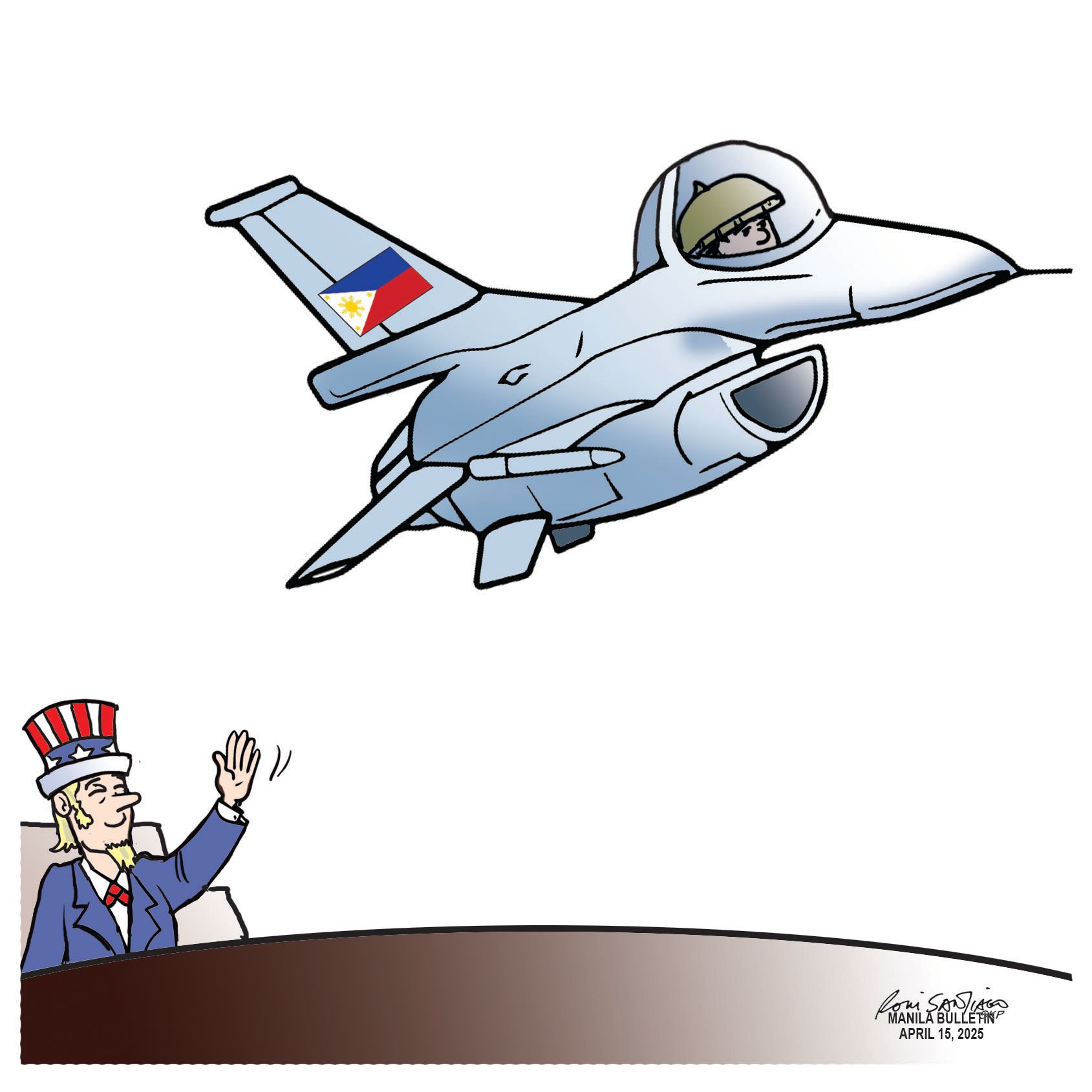
As announced by the US State Department’s Defense Security Cooperation Agency (DSCA) the other week, following the visit to Manila of Defense Secretary Pete Hegseth, the US government has given the go signal for the possible foreign military sale of 20 units of F-16 fighter jets to the Philippines for $5.58 billion or approximately P319 billion. Defense Secretary Gilberto Teodoro, Jr. held talks with his counterpart after the former’s call on President Ferdinand R. Marcos, Jr.
Eyed to augment the Philippine Air Force’s security and defense capability are 16 units of F-16 C Block 70/72 aircraft and four units of F-16 D Block 70/72 aircraft. The principal contractor would be American aircraft manufacturer Lockheed Martin.
The package also includes various weapons systems, radars, guided missile launchers and assorted missiles, anti-aircraft guns, general purpose bombs, attack munition, electronic countermeasure systems, spare parts, engines, and other non-major defense equipment (MDE). It will also provide training, simulators, technical support, and other related elements of logistics and program support.
This latest development is significant, given the long-felt need to boost the country’s air defense capability in light of simmering developments, among which is the concerning rift over Taiwan where, according to the Department of Migrant Workers’ 2024 data, there are some 158,000 overseas Filipino workers.
In announcing the impending PAF fleet modernization, the US DSCA said this “support(s) the foreign policy and national security of the United States by helping to improve the security of a strategic partner that continues to be an important force for political stability, peace, and economic progress in Southeast Asia.”
Indeed, it will bolster the PAF’s “ability to conduct maritime domain awareness and close air support missions and enhance its suppression of enemy air defenses (SEAD) and aerial interdiction capabilities,” said the US DSCA.
“This sale will also increase the ability of the Armed Forces of the Philippines to protect vital interests and territory, as well as expand interoperability with the U.S. forces. The Philippines will have no difficulty absorbing this equipment into its armed forces,” it added.
In a recent AFP briefing, it was pointed out that the AFP has adjusted the third and final phase of its modernization program into a 10-year defense procurement plan worth P2 trillion and dubbed Re-horizon 3. This phase has been focused heavily on improving the country’s maritime and aerial domain capabilities amid the tension in the West Philippine Sea (WPS) and the Indo-Pacific region. Two Corvettes are reportedly coming in from Korea as the country strives to beef up its aerial assets and cyber security.
Prior to this US-assisted buildup, the country procured 12 fighter jets from South Korea worth around P75 billion during the administration of President Benigno S. Aquino III to beef up the country’s defense capability against external threats, after the PAF retired its US-procured aircraft in 2005. These fighter jets, it was emphasized, will not be directed towards any country, but will beef up the country’s defense against external threats.
Observably, the Marcos administration has scaled up the tempo of bilateral PH-US projects and activities under the ambit of the Enhanced Defense Cooperation Agreement (EDCA) that enables an increased rotational presence of US troops in the Philippines, to address shared security concerns.
Additionally, EDCA provisions enable the construction and upgrade of facilities and the storage and prepositioning of defense and HADR (Humanitarian Assistance and Disaster Response) equipment, supplies, and materials, thereby assuring swift and effective support during natural disasters.